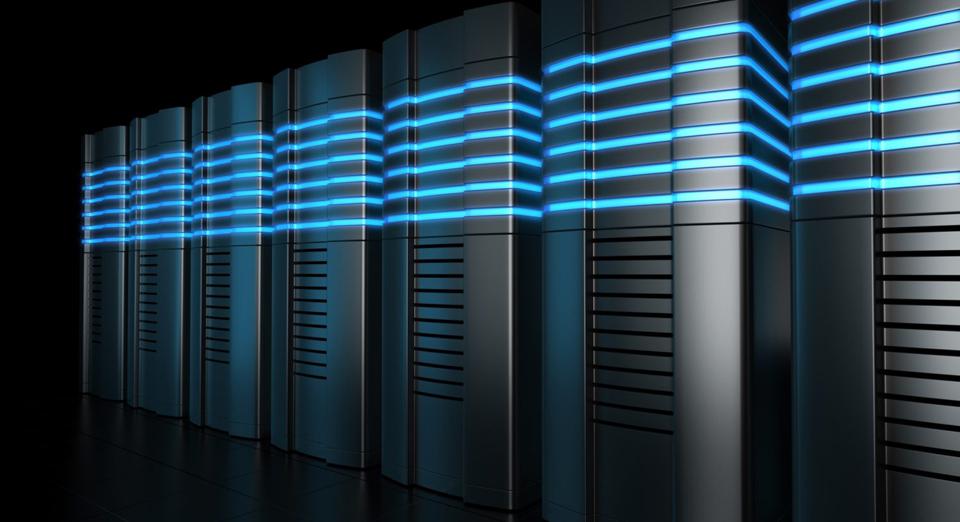The story of 2020 has unfolded in ways we would never have imagined, affecting almost every aspect of work and life. I believe that ten years from now, one positive thing the year will be remembered for is how the concept of Net Zero became a mainstream activity that reshaped the economy. The pivotal shift that has made this more sustainable future possible is the rapid acceleration of digital.
Over the past 12 months, the magnitude of the challenges facing the planet and the potential for human agency to make a difference has left a lasting impression on business leaders. Whether flattening the Covid curve or reducing carbon emissions, our future feels more in our hands than ever before.
Many businesses that had been stuck in a digital adoption transformation rut found they were able to achieve in a few months what would otherwise have taken five years. At first, these felt like emergency measures to support remote working. Now, those aiming to continue to survive and thrive long-term are seeking to maximise the value of those investments, viewing them as a critical part of plans to ‘build back better’.
During the first peak of the pandemic, it quickly became evident how reliant many businesses were on their physical infrastructure. At Schneider, we experienced a wave of customers wanting to know how they could better monitor and manage their building operations, make certain critical tasks were still completed on time, and ensure their buildings were resilient without having to rely on the physical presence of engineers.

Between April and August, we saw a 200%-300% increase in remotely delivered managed services orders in the UK, which involved a Schneider Electric service engineer remotely connecting to a site to troubleshoot an issue or make improvements to optimise a system. The needs and benefits of businesses working smarter, remotely connecting into sites, reducing risk, saving avoidable cost/downtime and ensuring critical tasks are completed on time is something that we expect will continue long after the pandemic is over.
Hand in hand with this comes an acceleration of interest in efficiency and sustainability. More and more companies are formalising their plans to reach Net Zero. Here too digital has a critical role to play. When you consider that 80% of all carbon emissions are due to energy consumption, and 60% of the way we manage energy is inefficient, the scale of the task of changing the ways we create, manage and use energy to reach Net Zero is significant, but so are the potential benefits.
The starting point is to understand how and where energy is consumed, lost or wasted and here digital technologies are key. Sensors that can monitor performance, software that can connect operations with IT systems, automation and analytics will equip organisations and individuals alike with the ability to better manage and optimise their environment whether at work or home.
The good news is that most of the energy and digital automation technology already exists to enable us to do so. Consider data centres. According to a report by the International Energy Agency in June, there was an increase in global internet traffic of 40% between February and April as the use of the cloud for remote working became more prevalent. The physical aspects of work across many industries have changed, and we can expect digital channels and e-commerce to remain the default for the ways things are done for the foreseeable future and long after the pandemic has been consigned to history. Yet far from being like the ‘dark satanic mills’ William Blake wrote about in the first industrial revolution, data centres can be carbon neutral, carbon positive, even.
EcoDataCenter in Sweden is the world’s first climate-positive data centre (full disclosure, EcoDataCenter is a customer). Powered by 100% renewable energy and with digital technologies to make it as energy efficient as possible, the centre has a power usage effectiveness ratio of 1.15 (versus the industry average of 1.6), proving how a data centre can be both efficient and sustainable. Any excess heat produced is fed into the local district heating network.

ECODATACENTER
Developing a carbon neutral or positive building from the ground up is one thing, but to reach Net Zero we will need to adapt much of our existing infrastructure and buildings. Digital retrofits will be a fundamental part of this process but are currently a step that is frequently overlooked even at a governmental level.
The UK government recently set out its Net Zero ambitions and policy framework for a green recovery, which we can expect to see fleshed out in more detail as we head towards COP26. Following the example of offshore wind policies that have accelerated the development of the UK as a world leader in the sector, incentives for renewables, greener transport, infrastructure, and greener buildings are a significant move in the right direction and will create opportunities to develop new industries, jobs and skills.
They will also fundamentally change how, where and when energy is generated, distributed and consumed. This combined with the growing demand for electricity means that efficient design, operations and management of our energy systems in every facet of our lives needs to be incorporated from the outset. This will require a digital first approach and investment to create smart grids, smart homes, smart workplaces, smart factories, smart transport, a smart world.
While governments can signal a direction of travel, businesses must embrace the journey to Net Zero. In 2020 businesses and organisations discovered just how quickly they could accelerate digital transformation to provide business continuity and resilience in the midst of a global pandemic.
In 2021 and beyond that digital journey needs to continue to deliver much needed efficiencies, productivity improvements and future resilience, creating jobs and economic growth whilst simultaneously helping to dramatically reduce our impact on the planet and ultimately halting climate change.
Article Credit: forbes
